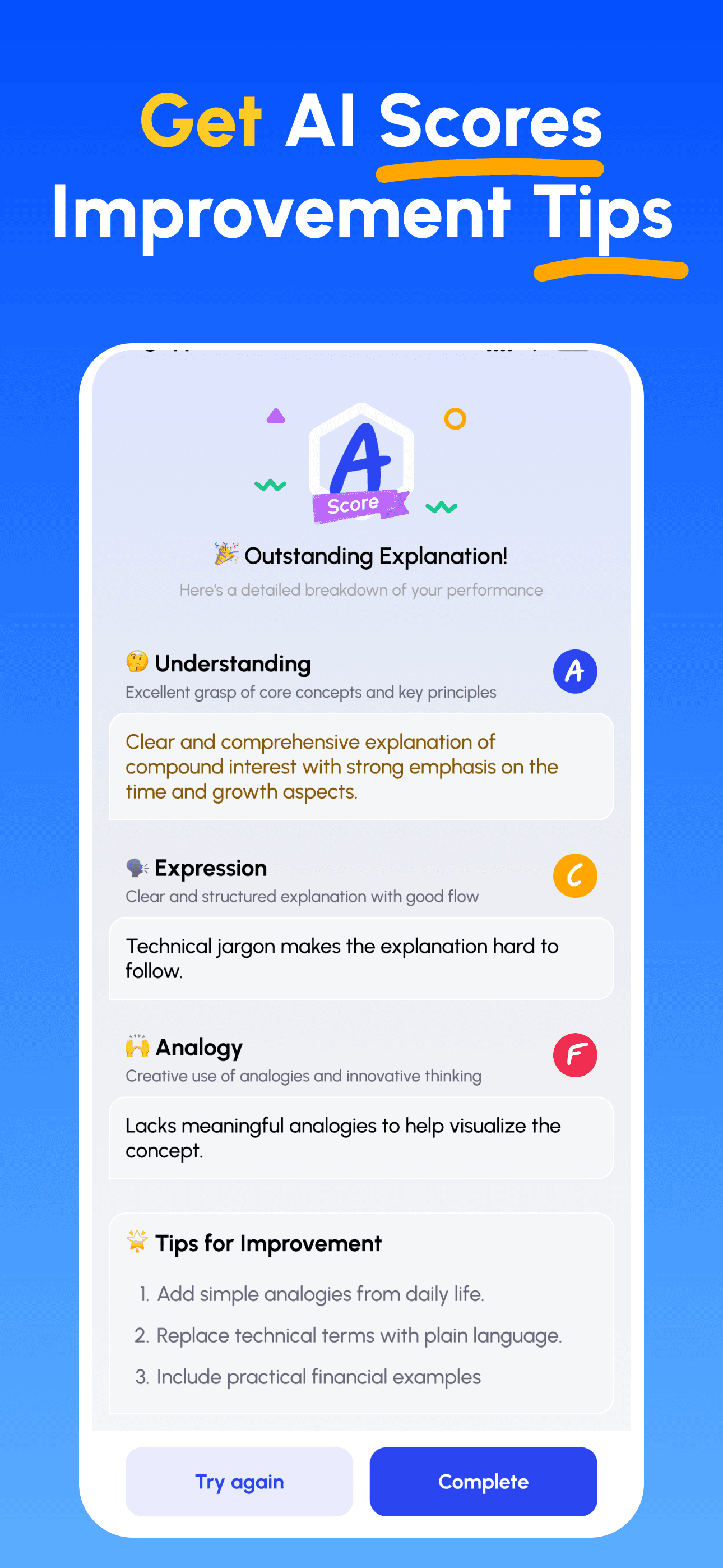Web3
Web3 is like a new internet where you own your data and have more control, not big companies.
Introduction Brève
Web3 is envisioned as the next evolution of the internet. It aims to create a more decentralized and user-centric online experience. Instead of relying on centralized companies to control our data and online interactions, Web3 uses technologies like blockchain to distribute power and ownership among users. Think of it as building a house where you own the land and the house, not just renting it from a landlord.
Explication Principale
Decentralization: No single entity controls the network.
Imagine a library where everyone can contribute books and access them freely. No one person or organization owns the whole library. Web3 uses blockchain technology to distribute information across many computers, making it difficult for any single entity to control or censor it. This is different from today's internet, where companies like Google or Facebook control vast amounts of data.
Blockchain Technology: Secure and transparent record-keeping.
Blockchain is like a digital ledger that records every transaction in a secure and transparent way. Think of it as a shared Google Sheet that everyone can view, but no one can secretly change. Each 'block' of information is linked to the previous one, creating a chain that's very difficult to tamper with. This ensures that data is trustworthy and verifiable.
User Ownership: You control your data and digital assets.
In Web3, you own your data and digital assets, like your online identity or virtual items. Think of it like owning a physical painting versus just having a license to view a digital copy. Using technologies like NFTs (Non-Fungible Tokens), you can prove ownership of unique digital items. This gives you more control and allows you to participate in new economic models.
Cryptocurrencies: Fueling the Web3 economy.
Cryptocurrencies like Bitcoin and Ethereum are often used as the currency of Web3. They allow for peer-to-peer transactions without the need for traditional banks or financial institutions. Think of it like using digital tokens at an arcade – you can use them to play games and earn more tokens, all within the arcade's ecosystem. Cryptocurrencies enable new forms of online commerce and incentivize participation in Web3 networks.
Exemples
- Imagine playing an online game where you truly own your character and in-game items as NFTs. You can trade them with other players, sell them on marketplaces, or even use them in other games. This is different from traditional games where the game company owns everything.
- Think about a social media platform where you control your data and decide who can access it. You're rewarded with tokens for creating content, and you can use those tokens to support other creators. This is unlike current social media platforms where companies profit from your data without sharing the revenue.
- Consider a decentralized marketplace where you can buy and sell goods directly with other people, without relying on a central intermediary like Amazon or eBay. Transactions are secured by blockchain, and you have more control over your data and privacy. 🛍️
Maîtrisez Toute Matière en 3 Étapes Simples
- Choisissez Votre Objectif d'Apprentissage: Sélectionnez parmi des centaines de concepts en sciences, commerce, lettres et compétences professionnelles. Décomposez des sujets complexes en parties gérables.
- Apprenez en Enseignant: Utilisez notre plateforme alimentée par l'IA pour expliquer des concepts comme si vous enseigniez à d'autres. Découvrez et comblez instantanément vos lacunes.
- Recevez des Conseils d'Expert par IA: Obtenez des retours immédiats et détaillés sur votre compréhension, la clarté de vos explications et vos compétences d'application pratique.
- Revoir les scores & améliorer: Suivez des conseils ciblés, affinez votre explication et itérez jusqu’à pouvoir l’enseigner simplement.
Téléchargez Feynman AI maintenant
Commencez votre parcours vers une meilleure communication dès aujourd'hui !




